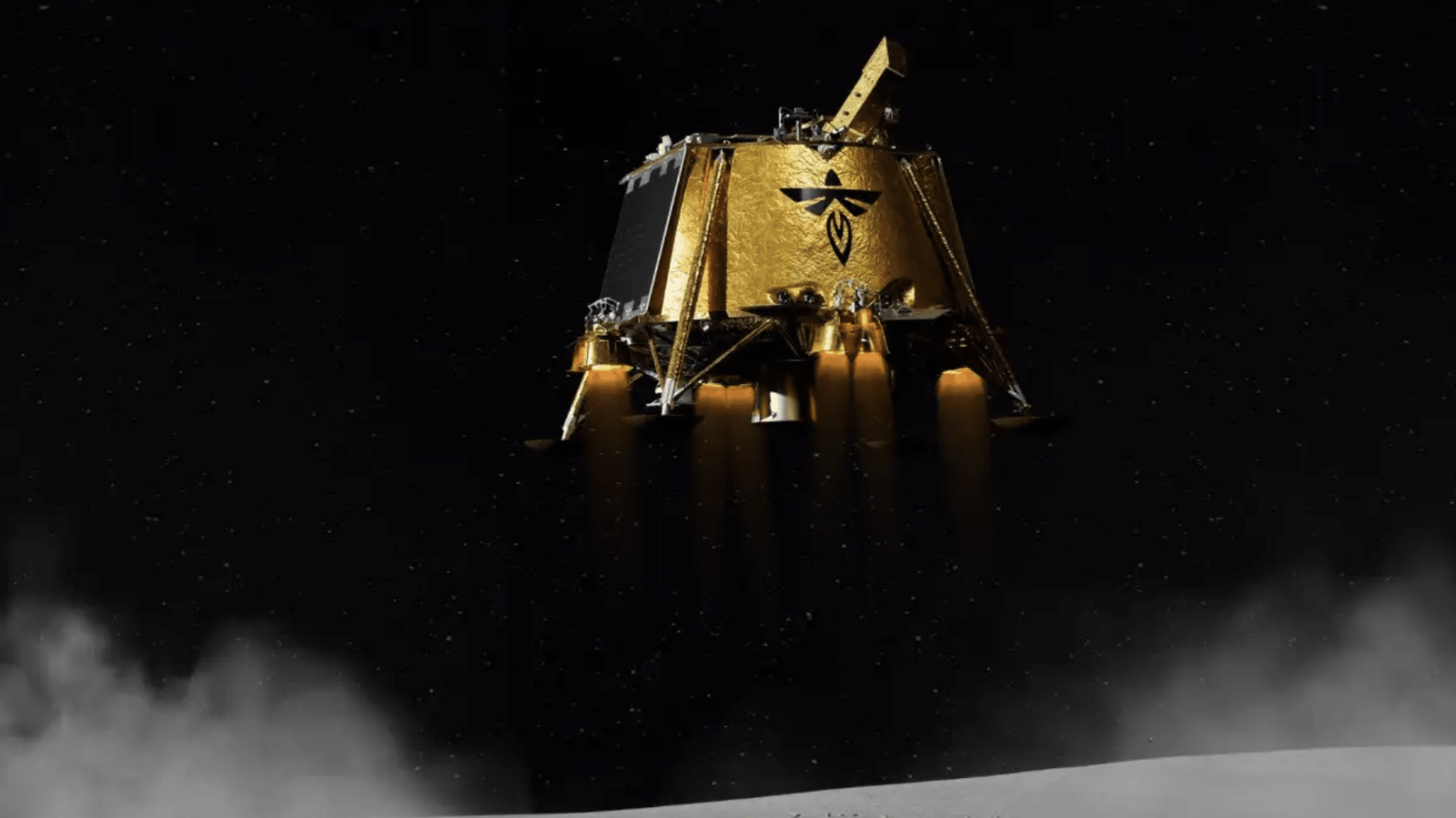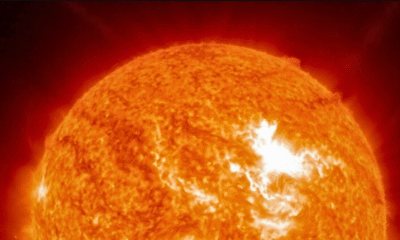News
SpaceX Successfully Launches Two Private Lunar Landers, Blue Ghost and Resilience
SpaceX marked another milestone in space exploration today, launching two private lunar landers, Blue Ghost by Firefly Aerospace and Resilience by Japan’s ispace, aboard a Falcon 9 rocket. The mission, which began in the early hours of January 15, 2025, from NASA’s Kennedy Space Center, represents a significant step forward in commercial lunar exploration.
A Textbook Launch and Landing
The Falcon 9 rocket lifted off at 1:11 a.m. EST (0611 GMT) under a clear sky and a full moon. Just over eight minutes after launch, the rocket’s reusable first stage successfully landed on SpaceX’s droneship, Just Read the Instructions, stationed in the Atlantic Ocean. This achievement underscores SpaceX’s continued excellence in precision landings and reusability.
The rocket’s second stage continued its journey, placing Blue Ghost into a lunar transfer orbit 65 minutes post-liftoff, followed by Resilience 27 minutes later.
TeamIndus to send spacecraft to the moon in the bid for $30 million Google Lunar X prize
Blue Ghost: A NASA-Backed Lunar Pioneer
Firefly Aerospace’s Blue Ghost lander is the centrepiece of its “Ghost Riders in the Sky” mission, part of NASA’s Commercial Lunar Payload Services (CLPS) program. This marks Firefly’s first mission to the moon and aims to further NASA’s lunar exploration goals under the Artemis Program.
Carrying 10 NASA-funded scientific and technological payloads—a record for the CLPS initiative—Blue Ghost will study the lunar environment, focusing on the properties of lunar regolith (moon dust).
The spacecraft will spend 25 days in Earth orbit for systems checks and payload operations before embarking on a four-day journey to lunar orbit. It will then spend 16 days in orbit before attempting a soft landing at Mare Crisium (“Sea of Crises”) on the moon’s northeastern near side.
Blue Ghost’s operational phase on the lunar surface will last for one lunar day (about 14 Earth days), powered by its solar arrays. The mission will end after approximately 60 days when the lander loses power following lunar sunset.
Resilience: ispace’s Next Moonshot
Resilience, the second payload, is built by the Japanese company ispace. The mission follows the company’s earlier attempt to land the Hakuto-R spacecraft in 2023, which ended in a crash during descent.
Taking a longer, energy-efficient trajectory, Resilience is expected to land in Mare Frigoris (“Sea of Cold”) on the moon’s northern hemisphere about 4.5 months from now. One of its key payloads is Tenacious, a microrover designed to collect and analyze lunar regolith under a separate NASA contract.
A Year of Lunar Exploration
The successful SpaceX launch of Blue Ghost and Resilience is just the beginning of a busy year for lunar missions. Intuitive Machines and Astrobotic are among the other companies preparing moon missions in 2025, with objectives ranging from studying water ice at the lunar south pole to advancing regolith research.
Commercial Spaceflight: A New Frontier
With NASA fostering partnerships under the Artemis Program, missions like this highlight the growing role of private companies in lunar exploration. The success of Blue Ghost and Resilience advances scientific discovery and sets the stage for a sustainable human presence on the moon.
The race to explore and utilize the moon is accelerating and today’s mission underscores the collaborative potential of government and private enterprise in unlocking the mysteries of space.








































